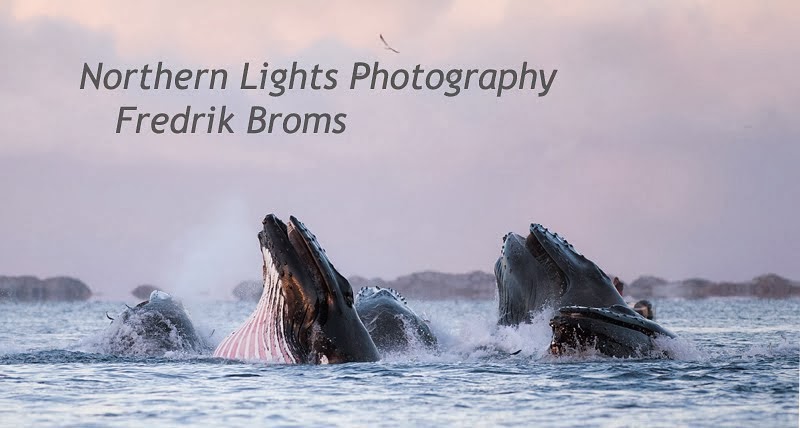Below, I will post regular updates about the comet during the year:
4 November 2010
Today is a unique day in the study of the comet - NASAs EPOXI mission will fly pass comet Hartley at a distance of only 700 kilometer ! As a ground-based observer, however, I am confined to my own back-yard and managed to get these images using a guided DSLR with a 300mm lens while waiting for the clos-up pictures from EPOXI.
The large green coma and the faint tail can be seen clearly in the pictures. The comet is now to be found in the constellation Canis Minor, not far from the bright 0-magnitude star Procyon, which acts as an excellent guide-star for anyone who wants to see the comet for themselves. The comet can still be seen easily with normal 8x42 binoculars, even from moderately light-polluted areas.
After a long period with rainy weather and heavy cloud-cover, I finally got another glimpse of the comet again. Despite the fact that the 57% illuminated Moon was very close in the sky to the comet (the Moon in Cancer and the comet in Gemini) it was possible to see the comet in a normal pair of binoculars using averted vision.
The comet is now to be found fairly low in the constellation of Gemini and a series of stacked 30-sec exposures reveals a very large and diffuse coma (I estimate the degree of condensation to ~D.C. 2). The outer coma was estimated to be as large as the diameter of two full moons next to eachother, so the coma is LARGE now!
11 October 2010
Still, very cloudy weather dominates here in Northern Norway, but tonight a 30 min gap of clear sky between the snow-clouds appeared and then both the comet and some northern lights could be seen. The comet has now made its way into the constellation Perseus (see map below), and is fairly diffuse with a large coma with a low degree of condensation (D.C. 2-3).

11 Oct 2010: Comet 103P/Hartley 2 is now to be found in Perseus
.jpg)
.jpg) At higher magnification the false nucleus as well as the green inner and outer coma and a faint tail can be seen!
At higher magnification the false nucleus as well as the green inner and outer coma and a faint tail can be seen!
8 October 2010
Tonight I only got a tiny gap in the cloudcover and only managed three shots during my 15-minutes long observing session. With very strong wind and no time for polar alignment, I simply just tried a 10 sec shot at high ISO (6400) in cover of the house as the comet passed by the famous double cluster.
So, not excactly optimal conditions, but I was happy to notice that the comet could be seen clearly through 8x42 binoculars in sub-optimal conditions and must have increased in brightness since last time I observed it. I had no time for any own magnitude estimates, but according to other observers, the magnitude is now somewhere around 5-6.
Promising news: Already now on October 3, is comet Hartley 2 well visable in a pair of standard 10x42 binoculars and offered a fine imaging opportunity when tonight it passed just below the constellation Cassiopeia (not far from Shedar, which acts as a good guide to finding the comet).
Below, the comet (glowing in green due to the presence of cyanogen gas) is passing close to NGC 281 (also known as the Pacman-nebula) - a large gasous-cloud (glowing in red):





Har ikke peiling på slikt, men synes det er facinerende likevel. I går da jeg kom tilbake fra fototur så jeg en asteroide/komet (?) som brant opp i atmosfæren. Så ut som et digert stjerneskudd! Lykke til med lysbildeforedraget!
SvaraRaderamvh Espen
Takk for det Tommy og Espen !
SvaraRaderaAstro-foto er ikkje så vanskligt som man først kan tro, og jeg er på ingen måte noen ekspert - jeg er ikkje en gang eiere av et astronomi-teleskop og bildet på kometen ble tatt med vanlig DSLR og 300mm optikk, så det er muligt å fange mye selv med normalt utstyr..
Ellers er det samme regler som gjelder for nattfoto som all annen foto - TÅLMODIGHET OG VARME KLÆR..
Mvh Fredrik